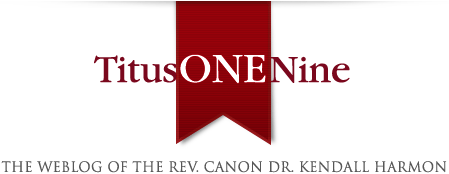The students’ assignment was to spend half an hour walking around the farm and observing things. They could inspect the pond and grassy spaces. They could look into the hoop house, where lettuce, spinach, kale, onions, parsnips, and carrots had sprouted. They could search for nests and cocoons in the trees and bushes, which were still wet from a heavy rain. The aim was to take the time to notice parts of the 21-acre farm they might otherwise overlook. It was an exercise in paying attention.
When the students reconvened, one of them showed the professor, Nathan Stucky, a photo she had taken. What was this cluster of spheres covered with red spikes, wondered Lindsay Clark. Was it something made by an insect? (Clark later looked it up and found that it was a fungus that affects apples and cedars.)
In small groups, the students shared what they had seen on their excursions. The information they gleaned was not as important as the experience of slowing down and just looking, without having to worry about being productive. The discussion ran to the importance of recognizing the value in what is, rather than focusing on a result, whether a crop yield or a test score. Stucky posed a question: “What if the role of the teacher is to help people become fully themselves?”
The discussion was part of a class at Princeton Theological Seminary called Scripture and Food.
Read it all.
